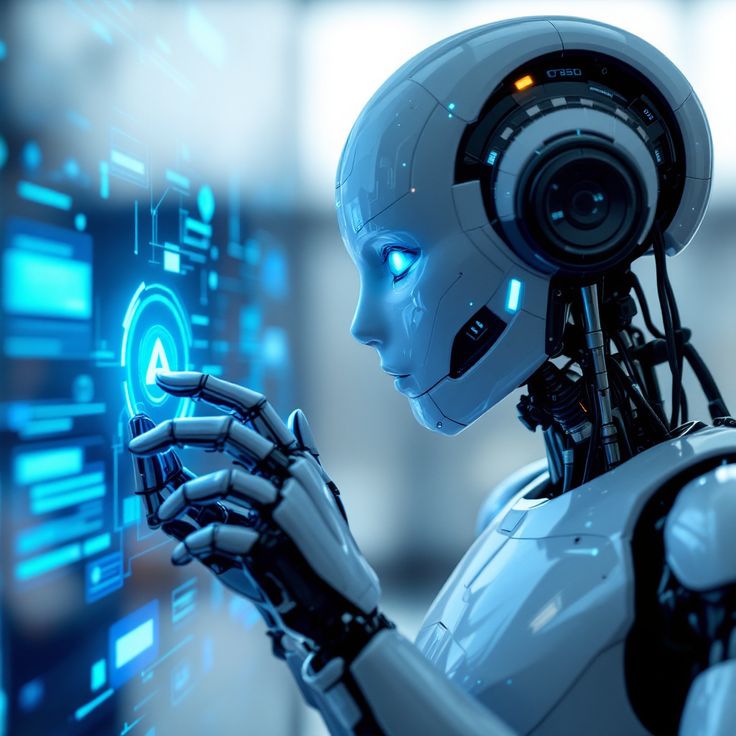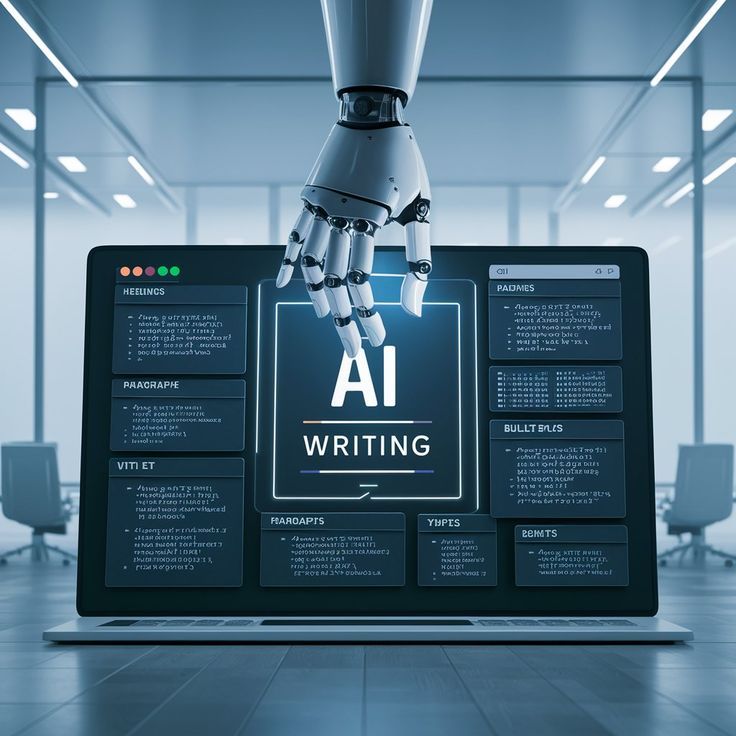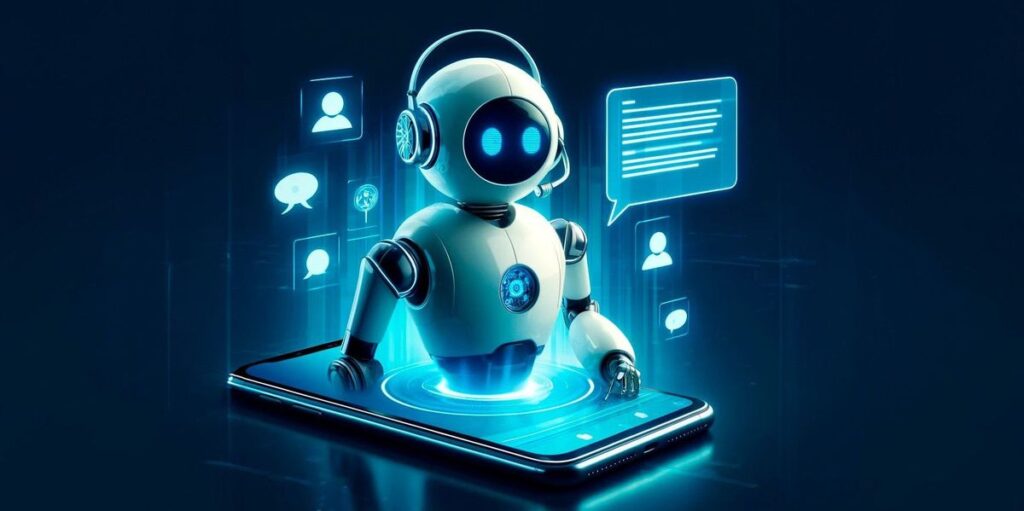Undresser AI: Risks, Ethics & Safer Alternatives
Artificial intelligence (AI) has transformed the way we edit and enhance images. From removing unwanted objects in photos to restoring old family portraits, AI tools are now a staple for photographers, designers, and everyday social media users.
But along with these positive innovations, there has been a rise in controversial AI applications — one of the most concerning being Undresser AI. This type of technology, sometimes marketed as undress AI remover or undress free AI, claims to digitally remove clothing from images, often without the person’s consent.
While some may see it as a novelty, the reality is that these tools pose serious risks to privacy, ethics, and legality. This article explores what Undresser AI is, why it’s risky, and what ethical alternatives exist for those who simply want creative image editing.
What Is Undresser AI?
The term Undresser AI generally refers to an artificial intelligence tool designed to manipulate photos by digitally removing clothing from a subject. These tools use machine learning models trained on massive image datasets to generate realistic alterations.
While developers often present them as entertainment or “fun editing tools,” their main purpose aligns with non-consensual image alteration — a practice that is widely criticized and often illegal.
They may appear online under names like:
-
Undress AI Remover
-
Undress Free AI
-
Nudeify AI (similar concept)
However, beyond the marketing, the risks are significant.
The Rise of Controversial AI Tools
The rapid development of generative AI tools has made image manipulation easier than ever. AI can now:
-
Change hairstyles
-
Swap backgrounds
-
Add makeup or accessories
-
Restore damaged photos
Unfortunately, these same technologies can be misused for deepfake content and non-consensual imagery. The undress AI remover category is one of the most alarming examples, as it can harm reputations, violate privacy, and cause emotional distress.
Risks of Using Undresser AI
Using Undresser AI or similar software comes with a range of dangers — not just for the subject of the photo, but also for the person using it.
1. Privacy Violations
Digitally undressing someone without their permission is a severe invasion of privacy. It can be especially damaging when targeting public figures, friends, or acquaintances.
2. Legal Consequences
Many countries have passed laws making it illegal to create or share digitally altered explicit images without consent. This includes deepfake pornography laws in the U.S., UK, EU, and parts of Asia.
3. Reputation Damage
Even if the image is fake, it can still cause personal and professional harm. Once such content is online, it can spread rapidly and be almost impossible to remove.
4. Data Theft & Security Risks
Sites offering “undress free AI” often require you to upload photos. These could be stored, sold, or leaked — putting both you and the person in the image at risk.
Why “Undress Free AI” Is Not Safe
The promise of a “free” undressing AI tool is often misleading. Many such platforms:
-
Insert watermarks to force payment for removal
-
Contain hidden fees after a “free trial”
-
Infect devices with malware or spyware
-
Store and misuse uploaded photos
In short, free often comes at the cost of your security and privacy.
Safer Alternatives for AI Image Editing
For those who are simply looking to experiment with AI-powered photo editing for fun or creativity, there are plenty of ethical, safe tools available.
1. Adobe Photoshop with AI Features
Offers advanced object removal, background replacement, and face editing — all within a professional and safe environment.
2. Canva AI Tools
Great for social media content creators who want to adjust colors, retouch photos, or add artistic effects.
3. Fotor AI Editor
Can enhance portraits, fix lighting, and even swap skies without crossing ethical boundaries.
4. Runway ML
Popular with creatives for generating realistic effects in videos and photos — with an emphasis on consent and creative purposes.
How to Protect Yourself from AI Misuse
Since AI misuse is growing, it’s important to take steps to protect your online presence:
-
Use Watermarks: Add subtle watermarks to personal images to deter misuse.
-
Adjust Privacy Settings: Limit who can see your photos on social media.
-
Reverse Image Search: Regularly check if your photos are appearing online without permission.
-
Educate Your Network: Share information about the dangers of tools like undress AI remover to raise awareness.
The Ethics of AI Photo Manipulation
Not all AI editing is bad — in fact, AI has made creative expression more accessible than ever. The problem arises when editing crosses the line into non-consensual and harmful alterations.
Ethical AI use is based on:
-
Consent – The subject agrees to the edits.
-
Transparency – Disclosing when an image is altered.
-
Purpose – Edits should be creative, artistic, or corrective — not harmful.
FAQs About Undresser AI
1. Is Undresser AI Legal?
In many countries, creating or sharing explicit images of someone without consent — even if AI-generated — is illegal.
2. Can AI Really Remove Clothes from Images?
AI can generate realistic alterations, but they are still fake. The bigger concern is the harm caused by presenting such altered images as real.
3. What Are Safe AI Photo Editors?
Adobe Photoshop, Canva, Fotor, and Runway ML are popular, safe options for consent-based editing.
4. What Should I Do If My Image Was Misused?
Contact the hosting platform to request removal, file a privacy complaint, and report it to local authorities if applicable.
Final Thoughts
While Undresser AI, undress AI remover, and undress free AI may sound like advanced editing tools, their misuse poses serious ethical, legal, and personal safety concerns.
If you’re interested in AI photo editing, stick to safe, consent-based tools that protect privacy and encourage creativity. AI should empower art and innovation — not enable harm.



